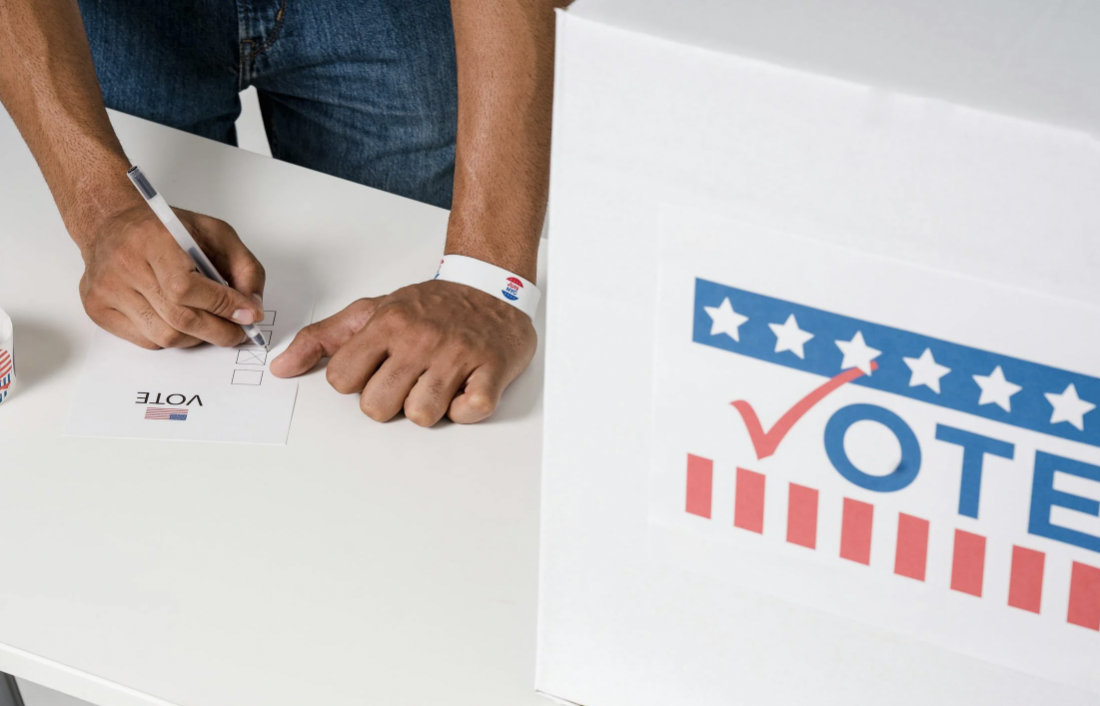FDA approval: Here’s how ASX biotechs and medtechs obtain it
![]() Nick Sundich, October 9, 2023
Nick Sundich, October 9, 2023
Last week one of our favourite companies Cyclopharm (ASX:CYC) obtained FDA approval, a goal it had been striving for years to obtain and one that wasn’t reached without setbacks along the way. Many of our readers have asked about how FDA approval works and so we thought we would outline how this happens.
For clarification, we are talking about FDA approval for companies that have conducted successful clinical trials with their drugs or medical devices and are looking to enter the USA. Not companies looking for ‘Orphan Drug Designation‘, something that occurs far earlier in the development process.
SIGN UP FOR THE STOCKS DOWN UNDER NEWSLETTER NOW!
Why is FDA approval important?
Because it means companies can sell their device or drug in the USA, the world’s largest healthcare market in general as well as for just about every healthcare market segment.
Given how hard it is to obtain FDA approval, companies can also obtain confidence that they can ‘make it anywhere’. Because they can often reuse clinical data to obtain approval in other markets. But even if companies want to only focus on the US, that is enough of a market for a company to be a compelling business.
How do companies obtain FDA approval?
To be eligible, companies need to have completed all necessary clinical trial stages. Typically this is 3 Phases – I, II and III – but there can sometimes be fast tracked designations (a topic that is best left for another article). Once this is done, the company submits to the FDA. There are various mechanisms to make a submission.
You may’ve heard of the Emergency Use Authorisation (EUA) which allowed the COVID-19 vaccines to be immediately for sale during public health crises. This too is for another article – we’ll focus on the traditional ways to get FDA approval.
Approval mechanisms for devices
ASX Companies with devices typically do what is known as a 510(k) submission. This type of submission seeks approval on the basis that it is substantially equivalent to a device already being sold in the US. But it is only avaliable to devices that are ‘Class II’ which have a moderate risk to the patient or user – less of a risk than pacemakers but more of.a risk than toothbrushes. Class III devices generally have to go through a PMA (Pre-Market Approval) submission which will demonstrate the device’s own efficacy and safety. 510(k) submissions tend to take 90 days while PMA submissions take 180 days.
You can clearly see 510(k) is easier, because it is faster and less data is needed. But the risk with 510(k) is that other companies down the track may be able to compete with your device by demonstrating substantial equivalence to it.
Approval mechanisms for drugs
For drugs, the only mechanism is a New Drug Application (NDA). It works similar to the others listed above in that the FDA takes a thorough look at all the clinical data and everything else it needs to (including the company’s manufacturing facilities).
The FDA approval period is 6-12 months. At the end of this time, the drug may be approved, denied or the FDA may issue a Complete Response Letter (CRL).
A CRL informs the company it cannot be approved but says what needs to be addressed before it can be approved. It can be because of clinical data or trivial things like the manufacturing of certain elements of devices or even the instructions that would be on the end label. A company may appeal the FDA’s ruling or address the CRL and make another submission. This will add another 6-12 months onto the end of the process.
The case study of Cyclopharm
Cyclopharm is a company we’ve followed for some time and so thought we would use as a case study.
Cyclopharm has Technegas which is a gas that one inhales to enable their lungs to be viewed better when scanned and thereby diagnosing lung diseases. Right now it is only approved for Pulmonary Embolism (PE) but there is hope that in the future it might be used for other lung diseases like long COVID. It was and is approved and sold in over 60 countries but the USA was not one of them for some time.
It concluded successful Phase III trials in September 2020 and applied to the FDA within days. The FDA spent 9 months looking at Technegas, including visiting its Sydney facility even in spite of having to spend 2 weeks in hotel quarantine to do so. In June 2021, the FDA issued a CRL that sent shares plunging. This was not because the FDA had questions about the technology’s effectiveness or the clinical trial. Instead, the FDA had further queries about specific aspects of the crucible manufacturing and dosimetry in adults and children.
CYC took until March 2023 to resubmit and then obtained FDA approval in September 2023. It took its time alright, but it was all worth it in the end.
Some of the things the company did was raise the issues with regulators that had already approved Technegas and hired ex-FDA employees to check it. And also helping the company was its support in the US medical community, raised through presentations at various medical conferences. All the hard work paid off.
No guarantee of success
It is important to note that just because a company is FDA approved, it does not mean it will make it in the US market. But if a company has a drug or device that is clearly superior to competing devices or fights an indication with virtually nothing approved for it, then it could well be poised for share price and commercial success. Just look at the recent case studies of Telix (ASX:TLX) and Neuren (ASX:NEU) as examples.
At the same time, the US is not the only healthcare market that companies can target.
What are the Best ASX Stocks to invest in right now?
Check our buy/sell tips on the top ASX stocks
Blog Categories
Get Our Top 5 ASX Stocks for FY25
Recent Posts
Your invitation to the Freelancer Investor Day
Your invitation to the Freelancer Investor Day Freelancer (ASX: FLN) is a Sydney-based company that has been the subject of…
Kamala Harris stocks: If Joe Biden’s VP wins the White House in 2024, which stocks will win?
With the US Presidential election now certain to be a Kamala Harris v Donald Trump showdown, we’ve looked at so-called…
South32 (ASX:S32): Is it the dark horse amongst ASX 200 miners or have cyclones and commodity prices hit it too hard?
South32 (ASX:S32) began life as a spinoff from BHP back in 2015, capitalised at $9bn. In mid-2024, it is capped…



